Quick Answer:
No, pulse flow and continuous flow are two different ways of giving you oxygen. Pulse flow gives you oxygen in short bursts when you breathe in, which saves on power and is good for people who move around a lot. Continuous flow gives you a constant stream of oxygen no matter how you breathe, which is great for when you're sleeping or need a steady supply.
| Feature | Pulse Flow | Continuous Flow |
|---|---|---|
| Oxygen Delivery | Intermittent, triggered by inhalation | Constant, regardless of breathing |
| Portability | Lightweight, compact, and mobile | Larger, less portable units |
| Energy Efficiency | Low power consumption, longer battery life | Higher power consumption, shorter battery life |
| Nighttime Use | May not be suitable for all users during sleep | Recommended for consistent overnight oxygen supply |
| Activity Level | Ideal for active lifestyles and physical activities | Better for sedentary or less active individuals |
| Cost | Generally less expensive upfront and in long-term use | Higher initial cost and potential long-term expenses |
Introduction:
Oxygen therapy is an essential treatment for people with respiratory diseases like COPD, offering improved mobility and quality of life. The choice between pulse flow and continuous flow can be significant, with each system having its own set of advantages. Pulse flow is often more energy-efficient and portable, suitable for those with active lifestyles, whereas continuous flow ensures a stable supply of oxygen, ideal for use during sleep. This article will compare these two systems, providing you with clear, actionable information to help determine which might better suit your individual health needs and lifestyle.
1. Pulse Flow is Better for On-Demand Oxygen
When it comes to getting oxygen just when you need it, pulse flow concentrators are the way to go. They're pretty smart – they can tell when you're taking a breath and then puff a bit of oxygen your way right at that moment. This means they save a lot of oxygen because they only give it to you when you actually breathe in.
These concentrators are great for people on the move because they're light and don't use up too much battery. Consider devices such as Lovego SG02L – people love them because they're easy to carry around and don't run out of juice too quickly. Pulse flow lets you get out and about without worrying about running out of oxygen.
But this doesn't work for everyone. If someone breathes very slowly or not through their nose, the pulse flow might not kick in as it should, and they won't get enough oxygen. That's why it's super important to talk to a doctor to see if a pulse flow concentrator is right for you. It's great for when you're awake and moving around, but make sure it fits your breathing style.
2. Pulse Flow is Great for Staying Active
For those who love to stay on the go and need oxygen support, pulse flow concentrators are a great match. They're designed with an active lifestyle in mind – lightweight and not too bulky, making them easy to carry around whether you're running errands, traveling, or just enjoying a walk outdoors.
What's nice about pulse flow models is that they really let you keep your freedom. These devices are all about convenience; you won't find yourself struggling with a heavy machine or constantly looking for somewhere to charge up.
Now, it's important to remember that pulse flow isn't a one-size-fits-all solution. If your oxygen needs are constant, then you'll want to consider other options that provide a continuous flow, especially at night or during rest periods. But for daytime activities when you're up and moving, pulse flow concentrators offer the flexibility and lightness to move freely without being weighed down.
3. Pulse Flow Outshines in Saving Energy
When it comes to saving on battery life, pulse flow concentrators have a distinct advantage. These machines are designed to give you a hit of oxygen right when you inhale, which means they're not working as hard all the time. This clever design means your batteries last longer, and you don't have to charge the device as often – a real plus if you're out for the day or don't have easy access to power outlets.
Because pulse flow devices aren't running continuously, they generally require less energy. This doesn't just help with making the battery last; it also means the concentrators can be built smaller and lighter since they don't need huge batteries. That's a big win for anyone who wants to keep their oxygen therapy as hassle-free as possible.
However, it's worth noting that while pulse flow is great for daytime use and shorter outings, there might be times or situations where continuous flow is necessary, particularly if prescribed by a doctor. But for the need for a simple, efficient oxygen delivery system, pulse flow is tough to beat.
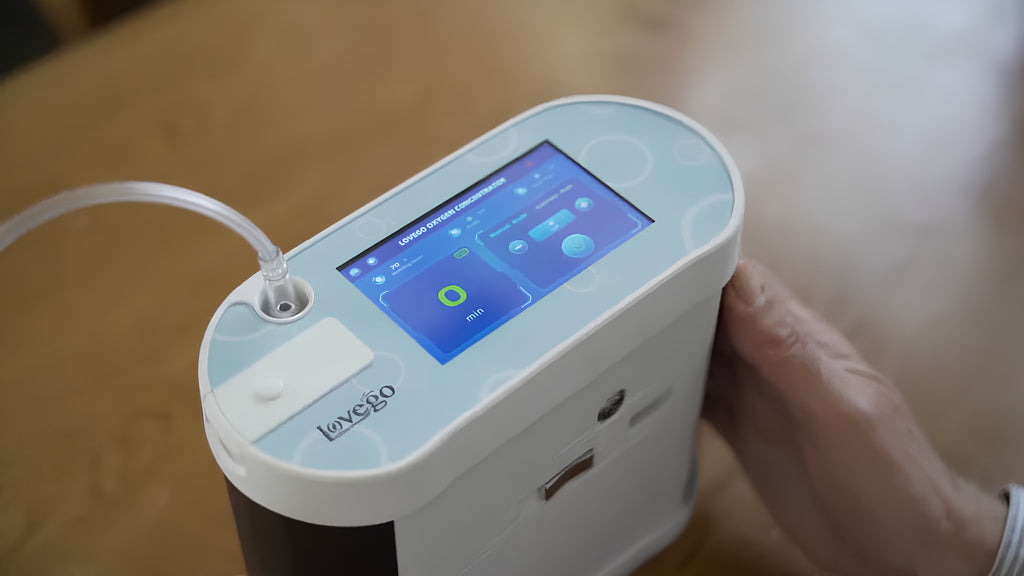
4. Continuous Flow Is Preferred for Overnight Use
When nighttime rolls around, continuous flow oxygen concentrators often become the go-to choice. While pulse flow works well when you're active and breathing regularly, continuous flow provides a steady stream of oxygen that doesn't rely on your breath to activate it. This makes it ideal for sleep when your breathing naturally slows down and becomes shallower.
Continuous flow machines ensure there's always oxygen entering your system, which can be crucial for those whose levels drop during the night. For people with certain respiratory conditions, this consistent supply can mean better sleep quality and fewer health risks.
Although these units tend to be larger and use more power – meaning more frequent recharging or a constant power source – the trade-off is worth it for a peaceful night's sleep. They're not as portable as pulse flow devices due to their size and energy needs, but for overnight use, they offer reliability that can make all the difference.
So, while pulse flow concentrators are champions of daytime activity and energy efficiency, continuous flow stands out as the solid choice for ensuring uninterrupted oxygen, especially when it's time to catch some z's. If your healthcare provider recommends a continuous supply of oxygen throughout the night, then continuous flow concentrators are likely the better option for you.
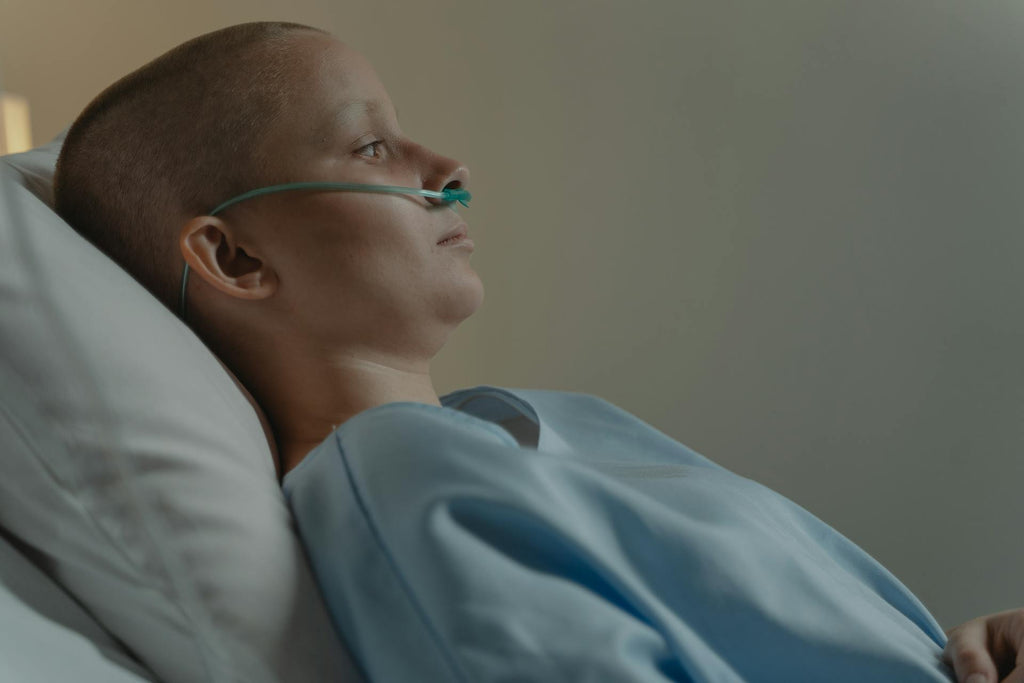
5. Physical Activity Made Easier with Pulse Flow
During exercise or any kind of physical activity, your breathing rate naturally picks up. This is where pulse flow oxygen concentrators really shine. They're built to detect when you start inhaling and give you a burst of oxygen at just the right time. As you breathe faster while moving around, the device responds accordingly, making sure you get the oxygen you need with each breath.
This responsive feature is a big deal for anyone who wants to stay active without worrying about their oxygen supply. Whether you're taking a brisk walk, doing some gardening, or even hitting the gym, a pulse flow concentrator adjusts to your increased breathing rate, providing more oxygen when it's needed most.
On the flip side, continuous-flow machines don't change their output based on your breathing – they just keep pumping out oxygen at a steady rate. That's not always ideal when you're more active and your body demands more oxygen. Continuous flow works well when your activity levels are consistent, but may not keep up during more strenuous activities.
For those whose lifestyles include regular exercise or simply staying busy, pulse flow concentrators offer flexibility that can help maintain an energetic lifestyle. They support your body's natural rhythm, delivering a boost of oxygen with every breath as you pick up the pace.
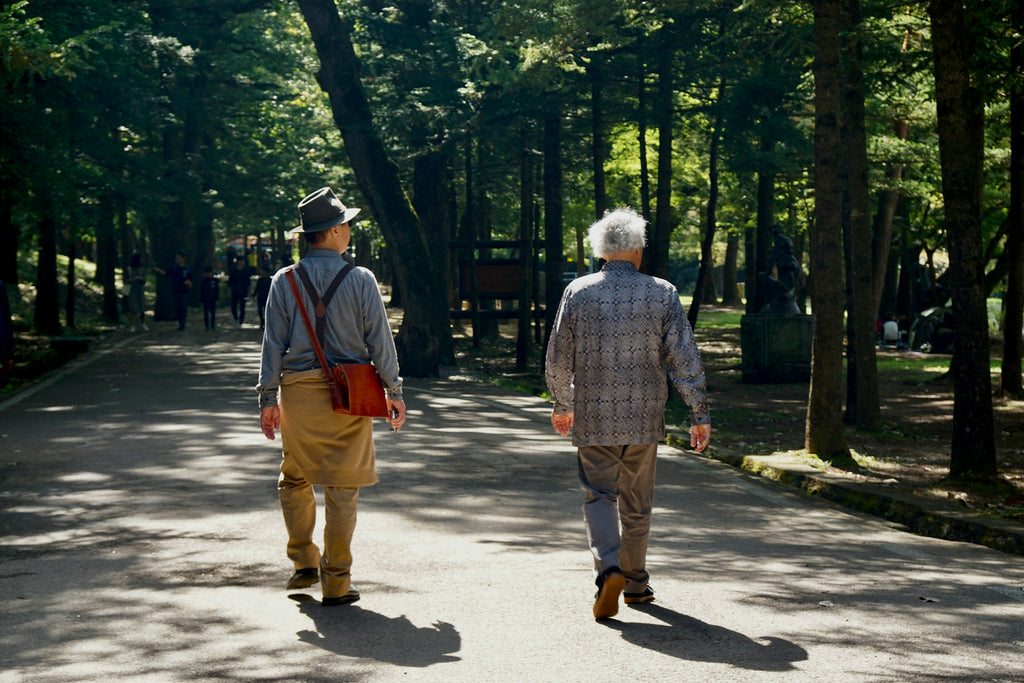
6. Pulse Flow vs. Continuous Flow: Matching Your Breathing Needs
When it comes to matching your natural breathing pattern, pulse flow concentrators have the edge. They're smart enough to sync with your breaths, delivering oxygen precisely when you inhale. This works well for people who have a regular breathing rhythm and can trigger the pulse with each breath.
However, not everyone's breathing is regular, especially among those with certain respiratory conditions. Some people may breathe too shallowly or irregularly to activate the pulse consistently. That's where continuous flow can step in as the more reliable source. Since it doesn't rely on the user's breathing pattern, it delivers a constant supply that ensures oxygen is always available, no matter how irregular the breathing.
The choice between pulse flow and continuous flow often depends on the user's specific breathing needs. Pulse flow can be ideal for those with a steady, predictable breathing pattern, while continuous flow might be necessary for those who need a steady supply regardless of their own breathing efforts.
In everyday terms, it's like having a set of automatic doors that open only when someone approaches (pulse flow), versus doors that are always open (continuous flow). Both have their advantages; the 'best' one simply depends on the situation and needs of the individual. Always consult with a healthcare provider to determine which type suits your personal respiratory requirements.
7. Pulse or Continuous: Which Oxygen System is Cost-Effective for You?
When you're looking at the cost and upkeep of oxygen concentrators, there's no clear winner between pulse flow and continuous flow-it really comes down to what works for you personally. Pulse flow machines tend to be cheaper upfront because they're generally smaller and have fewer parts. They also use less power, so you'll save money over time not just on electricity but also on fewer battery replacements or recharges.
Continuous flow concentrators can be more expensive initially because they are often larger and come with bigger batteries to support their constant running. Over the long haul, they might cost you more in electricity bills as well. When it comes to maintenance, both types will need regular care, like filter changes and occasional servicing, but since continuous flow units run all the time, they might show wear and tear a bit quicker.
Keep in mind your insurance coverage and what they'll reimburse, as this can also influence the overall cost. And remember, while price is important, it shouldn't be the only factor in your decision. The most crucial aspect is getting the right oxygen delivery system that meets your medical needs, fits into your lifestyle, and supports your overall health. Make sure to discuss all these factors with your healthcare provider to find the best fit for you.
Final Thoughts
Choosing between pulse flow and continuous flow oxygen therapy comes down to what best meets your personal health situation and lifestyle. Pulse flow is ideal for those on the move, offering portability and a system that syncs with your breathing during the day. Continuous flow is your go-to for a steady oxygen supply, especially important at night or for those with specific medical needs. Discuss with your healthcare provider, considering your daily activities, health requirements, and budget, to make a choice that ensures you get the right support, balancing convenience and effectiveness in your oxygen therapy.
Frequently Asked Questions
Q1: Can I travel with a portable oxygen concentrator?
Yes, most portable oxygen concentrators are designed for travel. They're lightweight and often FAA-approved for airline travel. Check your airline's specific requirements before flying. Read more details from our article: Can You Bring a Portable Oxygen Concentrator on a Plane?
Q2: Do oxygen concentrators require refilling?
No, oxygen concentrators filter and provide oxygen from the surrounding air, so they don't need to be refilled like oxygen tanks do.
Q3: Is a prescription needed for an oxygen concentrator?
Yes, in many countries including the United States, a doctor's prescription is required to purchase an oxygen concentrator, as the flow rate and concentration must match the patient's medical needs.
Q4: Can you use a pulse flow oxygen concentrator while sleeping?
Pulse flow concentrators may not be suitable for all users during sleep because shallow breaths might not trigger the pulse delivery. Continuous flow is typically recommended for nighttime use.
Extended Reading: Can You Sleep with a Portable Oxygen Concentrator?
Q5: Are there any side effects to using an oxygen concentrator?
Possible side effects include a dry or bloody nose, tiredness, morning headaches, and dizziness. High levels of oxygen can also be harmful if not properly regulated by a healthcare professional.
Q6: Can an oxygen concentrator be used 24/7?
Many stationary oxygen concentrators are designed to be used continuously, 24/7. However, portable units may need breaks for recharging batteries. Always follow the manufacturer's instructions regarding use.

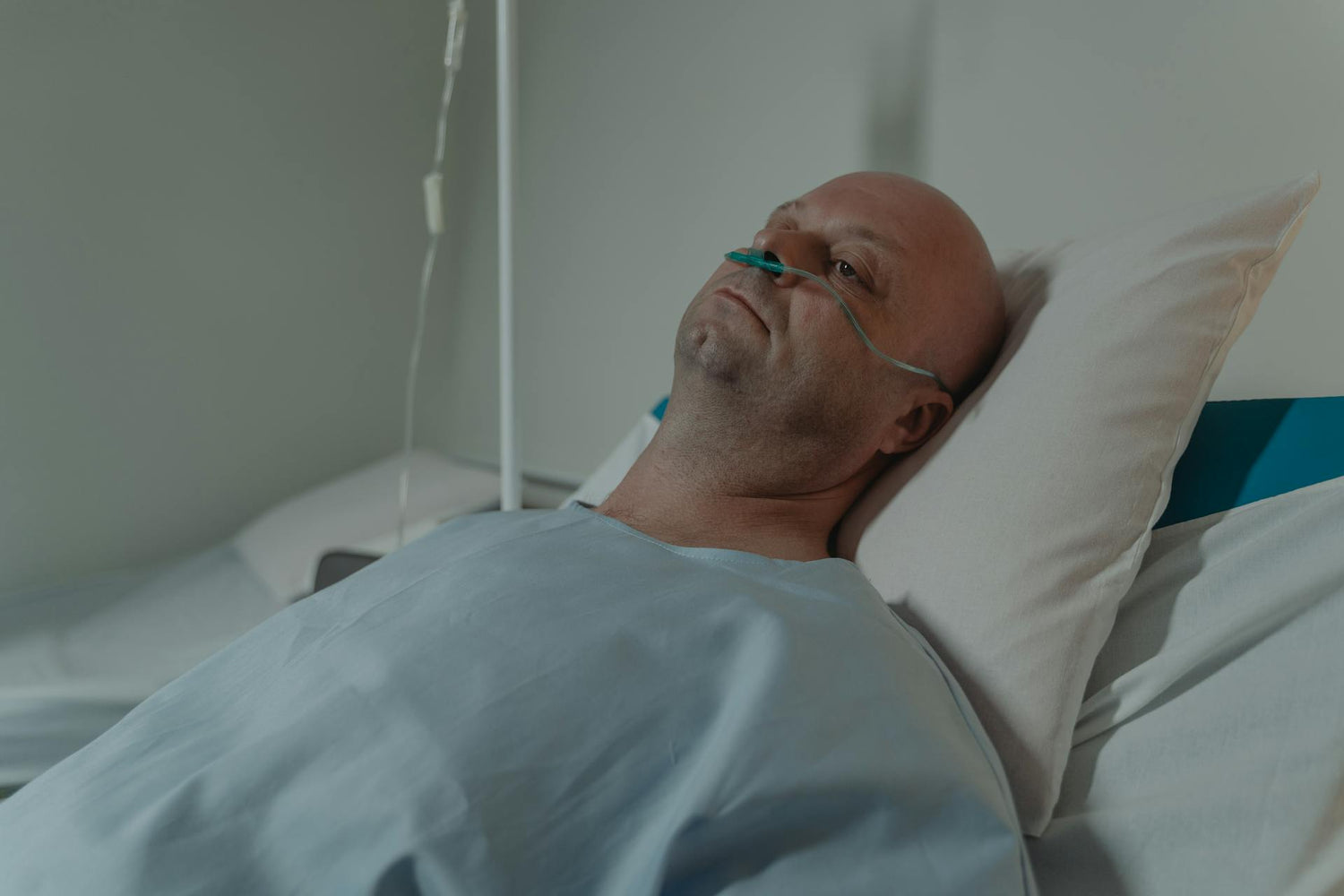
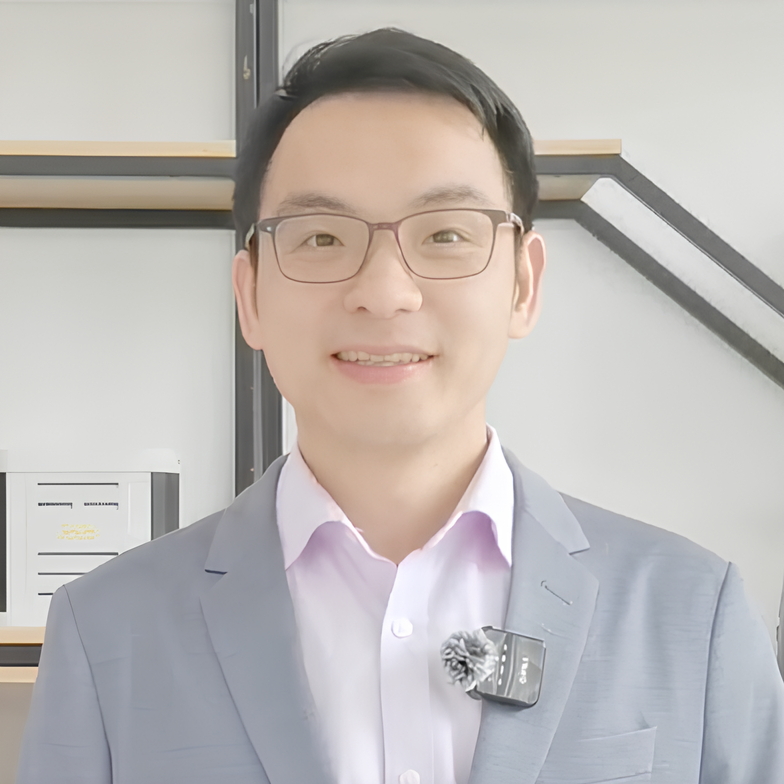
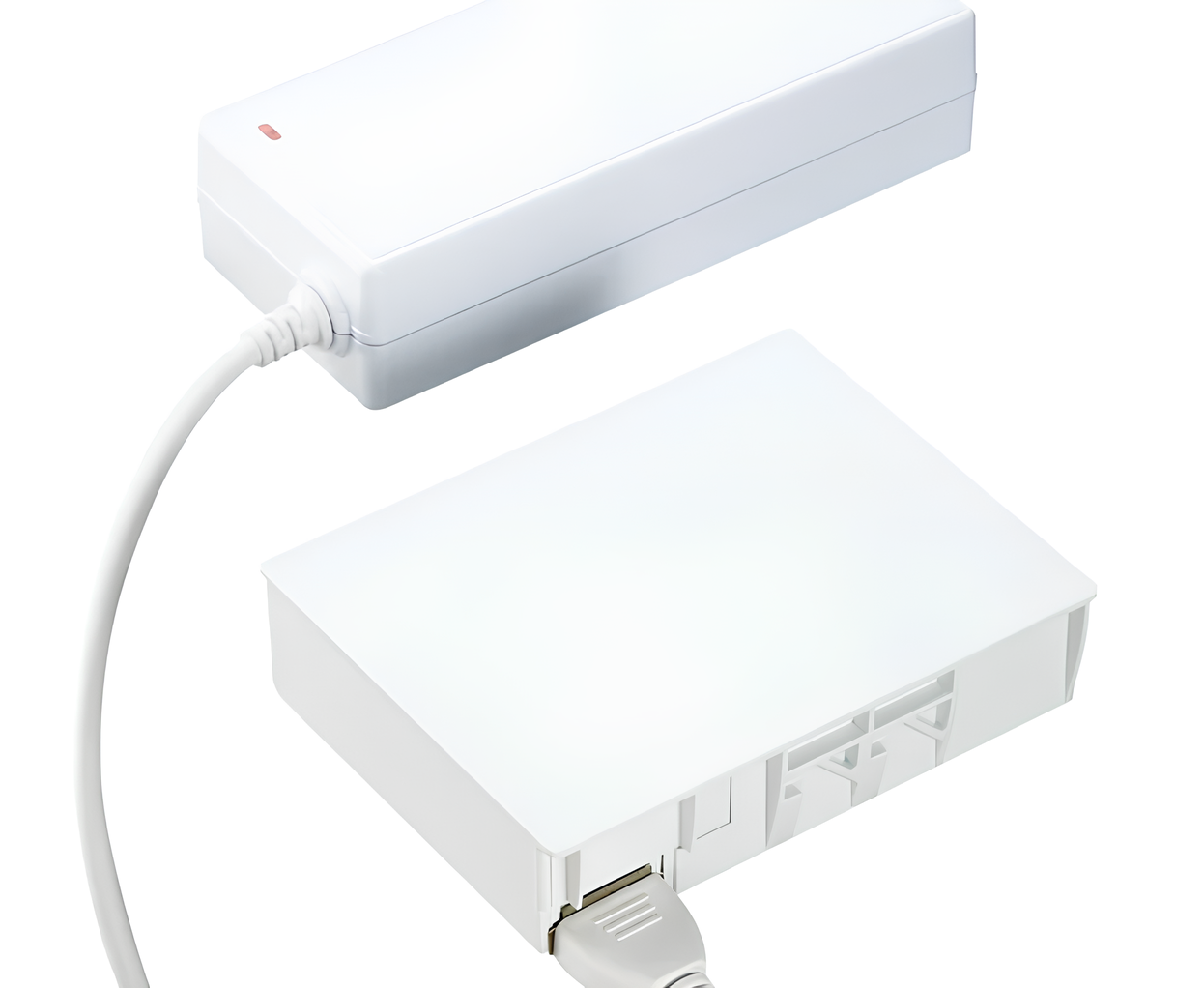
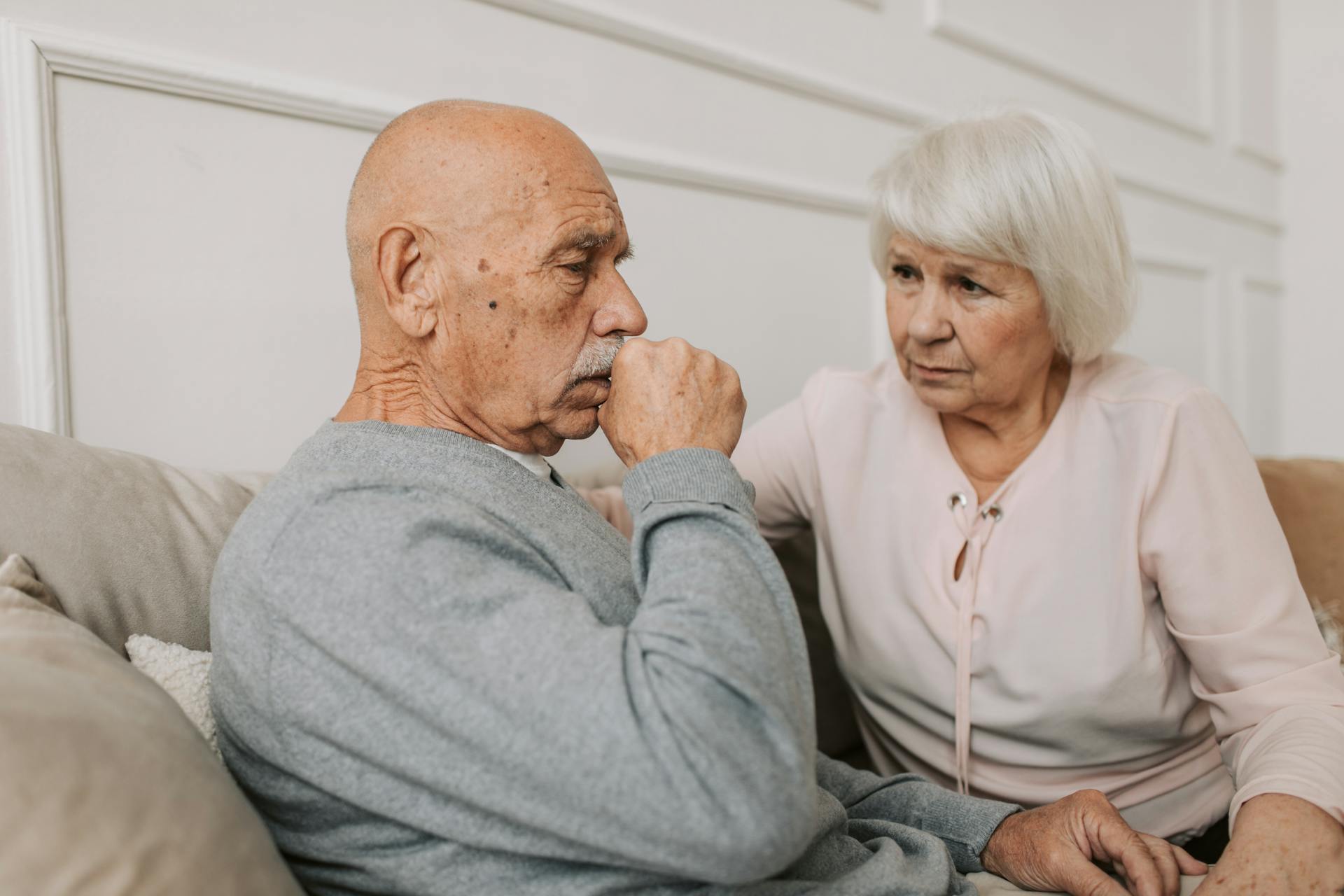
Leave a comment
This site is protected by reCAPTCHA and the Google Privacy Policy and Terms of Service apply.